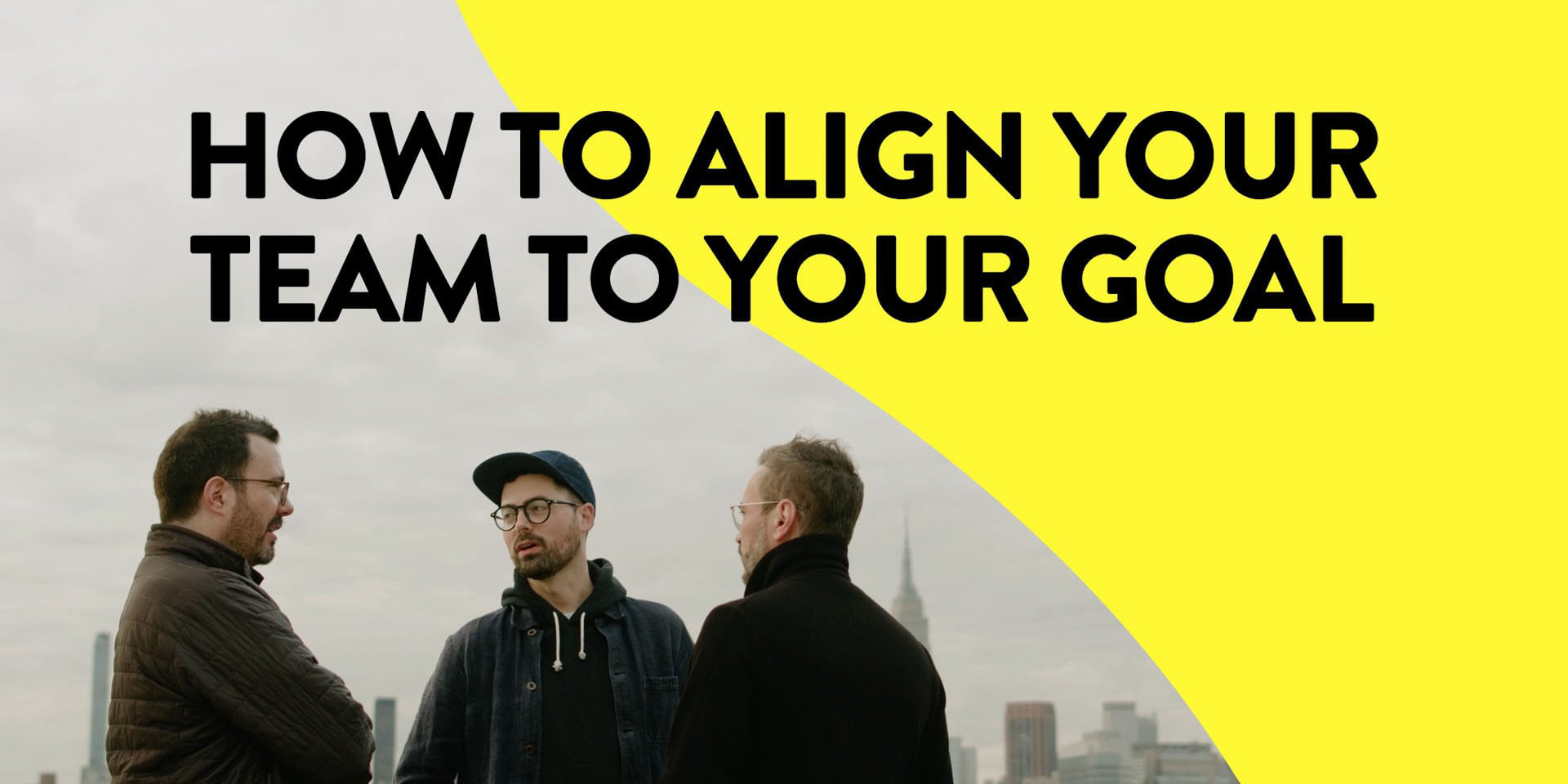Guest post by Julio Terra, Founder and CEO of Launch Studio
While you may be able to build a prototype of your product on your own, you’ll need to assemble a team to launch your product successfully using crowdfunding. Your team can be made up of co-founders, employees, freelancers, collaborators, consultants, agencies, and friends. In whichever way you decide to configure your team, what matters is your ability to bring together people with appropriate skills.
It is essential to assemble a competent team whether you aim to raise a few thousand dollars, to produce a small run of a bottle opener made from a ball bearing, or strive to raise several hundreds of thousands, for an innovative wireless microphone that will be mass-produced. Even though the teams required for these two scenarios are vastly different in size, the range of skills needed remains consistent.
In this piece, we’ll explore the core areas of expertise required to launch products via crowdfunding and how a project’s fundraising performance and your ability to hit your Kickstarter goal correlates to your team’s size and composition.
Spheres of expertise
There are five core areas of expertise required to launch products effectively and ultimately raise funds on platforms like Kickstarter and Indiegogo. The depth of knowledge needed across these five areas will depend on your project’s unique attributes – your product, audience, market, Kickstarter funding goal, and launch strategy. (Keep in mind that our focus here is just the campaign itself, and not designing, manufacturing or shipping your product.)
Storytelling
Your story should be compelling enough to convince people to pledge money before they’ve seen the product in person, many months before your product’s ship date; and accept the risk that it might be delayed and, in the worst-case scenario, could never even ship. Your story will be brought to life through mediums such as videos, animated gifs, photos, and copy, and through touchpoints like your campaign page, project video, and online ads. Team members with expertise in copywriting, video production, art direction, photography, and graphic design will be a major boon.
Community
The ability to develop and nurture relationships with people who care about what you are making, or the niche in which your product inhabits, will help you get funded — it is a crucial part of how Kickstarter works. But more importantly, it will enable you to build value beyond what can be measured in dollars, pounds, or yen.
To build a new community or become a respected member of an existing one, team members must have a passion for what you are making, a willingness to contribute your knowledge and perspectives, and a long-term commitment to show up on social media, forums, events, your project, or wherever else your community lives.
Marketing
Marketing is a broad discipline that is essential for running a successful crowdfunding campaign and reaching your Kickstarter goal. It encompasses research, strategy, and execution skills.
Marketing research enables you to identify your product’s core audience, develop a keen understanding of their needs, and have a solid grasp of the market.
The marketing strategy will be informed by your research and involves pricing your product and designing a sales funnel.
Marketing execution is the work that takes place while your project is live. It involves running and optimizing online advertising campaigns, sending direct response emails, and using product discovery services.
Media relations
Press and influencers can exponentially increase awareness, generate buzz, and lend credibility. Positive coverage provides social proof that can be featured prominently on your project page. It creates a halo that lasts much longer than your campaign’s funding period.
A team member focusing on media relations should be prepared to tell your story to the press, craft pitches to relevant publications, create a press kit, craft press releases, and tenaciously but respectfully follow up with contacts.
Project management
Your product launch will involve the coordination of multiple stakeholders and numerous deliverables. Someone will need to project manage your campaign. This person must possess reliable time management and financial management skills, the ability to map and align critical path dependencies, and strong interpersonal skills.
Correlating your Kickstarter goal and team
When doing pre-launch research, you may be thinking about how to calculate your Kickstarter funding goal. But once you’ve landed on that amount, you’ll also need to determine how many people it will take to get you to that goal. During the many years that I’ve worked with creators launching products on Kickstarter, I’ve noticed a correlation between funds raised by their campaigns and the time and money they invested in bringing them to life. The bigger their raise, the more likely they were to have strong capabilities across all five of these spheres described above.
Correlation is not causation
While most campaigns that raise $500 make significant investments in the production of a high-quality, professionally-made video, we’ve also seen campaigns get there with just a homegrown video. Many other factors impact a campaign’s performance, from market size to creative vision.
Even so, these correlations provide a useful rubric for assembling a team that is right-sized and right-skilled to your Kickstarter goal. You’ll still need to do the hard work of identifying the most critical skills to your efforts and assessing your existing team’s abilities and bandwidth to identify gaps.
Scales of ambition
It’s essential to keep in mind that these ranges are meaningful because they provide a useful framework to understand how campaigns at different scales require different types and amounts of resources and support. However, they are arbitrary because they were subjectively defined based on their usefulness to provide a structure for this analysis.
Small Kickstarter goal: raising up to $10K
Your core team can be a single person, though two or more people would likely fare better. You’ll also need to call in some favors with your friends and family.
The average Kickstarter project with a goal of up to $10K will mostly rely on your core team to plan and execute all facets of your campaign. There are two reasons for this, you probably won’t have funds to bring on external support, and the expectations for campaigns at this scale make it feasible to succeed with a DIY approach.
That doesn’t mean you will do it all alone. If you are a team of one, you should seek support from your friends and family network. At the very least, you’ll need some help to shoot your video and a second set of eyes to review your campaign page.
The Tape Sticker campaign from Oscar Lhermitte is an excellent example of a well-executed small project. It features a smart and straightforward video that was shot in a day. The campaign has a DIY feel that aligns with the spirit of the entire project.
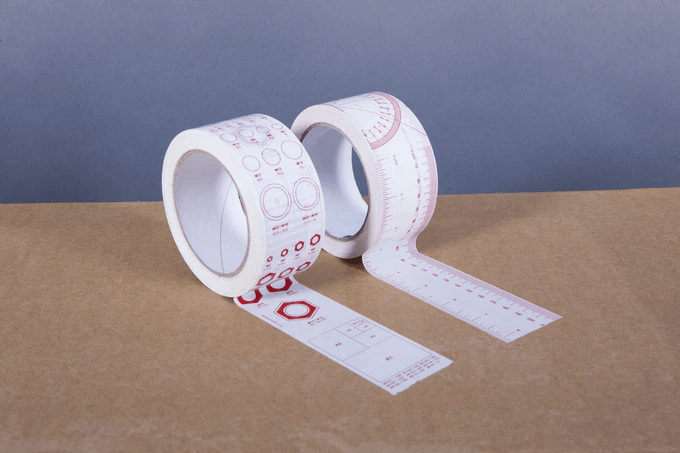
Tape Sticker, a tape or sticker? It’s up to you.
It’s important to give yourself sufficient time. You will likely need at least two months, and possibly even longer. It takes a lot of work to create a campaign page, produce videos, shoot photos, connect with relevant communities, activate your personal network, and outreach to appropriate media.
Moderate Kickstarter goal: raising between $10K to $50K
The ideal size for your core team is at least two to three people. You’ll likely need to work with a couple of freelancers, and you’ll still want to call in some favors with friends and family.
If your Kickstarter campaign falls between the $10K minimum goal, $50K maximum goal range, you’ll still need to rely primarily on your core team for most aspects of the campaign since you will have a limited budget. However, you will likely need to seek professional support for two key areas: production of creative assets and online advertising.
If you don’t have a team member or a good friend who knows how to produce videos, you should set aside a small budget to invest in making a well-produced and simple project video. You’ll need at least a couple of thousand dollars to rent equipment and bring on a freelance producer.
Your producer doesn’t need to have crowdfunding experience, but they need to know how to set up and run the shoot to capture good quality video and clear sound. And, they need to be able to edit your video and integrate simple graphics.
Keep the production simple. That means adopting a straightforward narrative that can be brought to life with a short shoot. Use simple shots – founder monologues, simple product demos, and b-roll footage from your team or studio. You’ll likely be limited to few and free locations, like your home or studio, and have to rely on friends for on-camera talent.
The Candycars campaign video features product demos and b-roll footage, taken outdoors and in their studio, woven together with animated graphics. The graphics were developed using the CAD models that they use to design the cars.
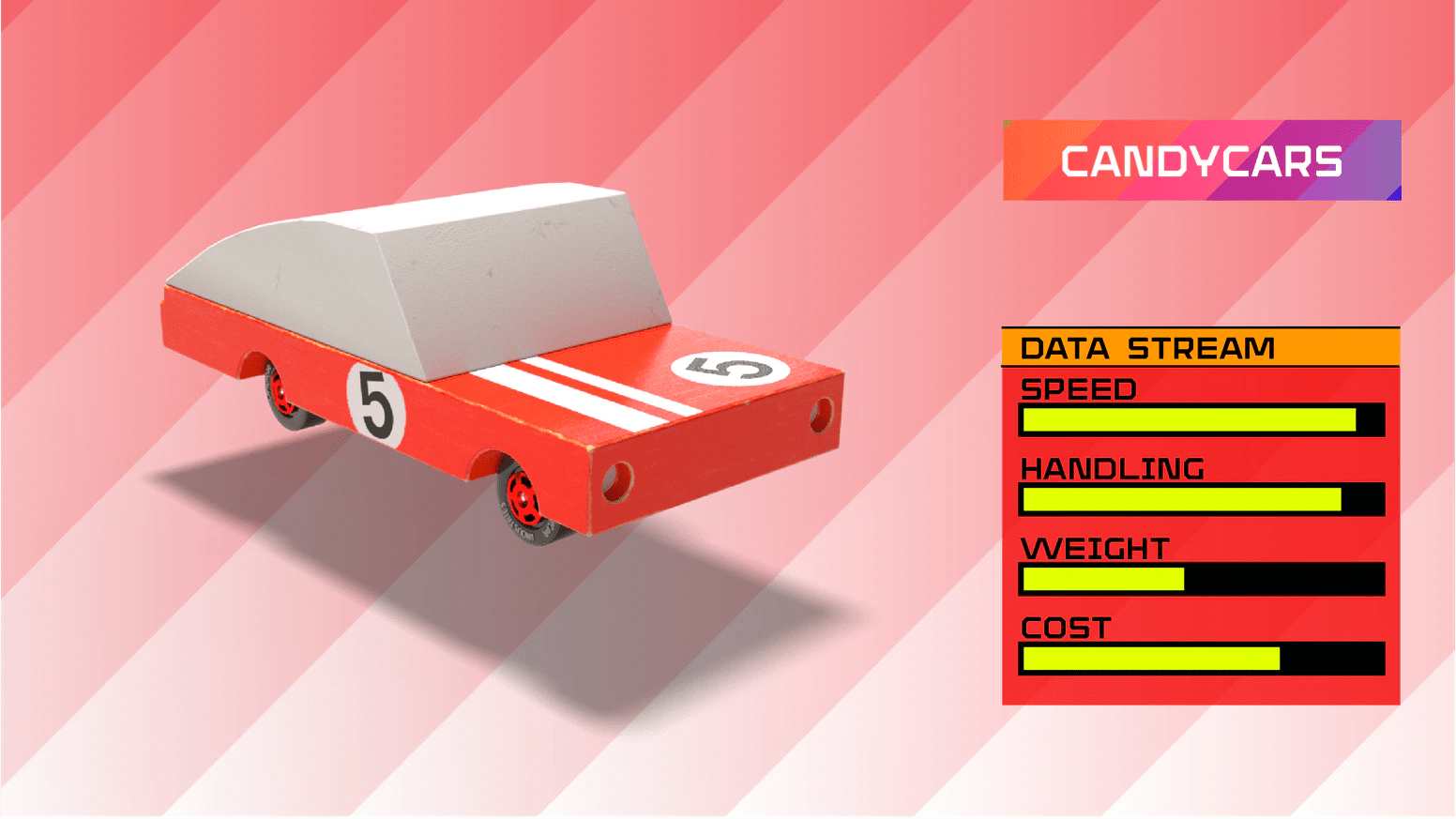
Candycars, great example of a moderate scale campaign
It will take a lot of backers to get you across the funding threshold at this scale or above. How many? Divide your Kickstarter funding goal by your expected average pledge to find out. It’s imperative to have a sense of your backer target.
Whatever type of audience you have, it is essential to build a solid email list before your launch. This is so important that you should refrain from launching until you’ve done so.
If your audience overlaps with passionate communities, such as horology, you should be engaging with them in forums, events, social media, and wherever else, meaningful conversations are happening. This engagement should start many months before your launch.
Campaigns at this scale usually have sizable backer communities, many hundreds of backers, or more. You’ll need to devote a substantial amount of time and effort to engage with them and keep them informed and happy.
Online advertising is optional at this scale. It can be worth testing if your goal is towards the more ambitious end of this range, and you have a little bit of budget to invest. If someone on your team has the skills, you can manage these efforts in-house. Otherwise, explore working with a freelancer or an agency.
Agencies with performance-based compensation models can be enticing since the initial investment required to engage with them is often low. Just make sure to do your homework. It’s essential to clearly understand all fees and commissions involved and figure what return on ad spend you need to hit to make it worth scaling up your investment.
It’s best to handle media and influencer relations in-house. Start preparations 6- to 8-weeks before your launch. It takes a lot of effort to build a list of journalists and influencers for outreach, and to craft tailored pitches and follow-ups.
Ambitious Kickstarter goal: raising between $50K to $250K
The ideal size for your core team is at least two to four people. You’ll likely need to work with a few agencies or consultants, especially if your goal is near the top of this range.
You’ll need a crew with fine-tuned skills to reach your goal. Most creators require professional support in one or a few of these areas: production of creative assets, copywriting, online advertising, and media outreach.
Your campaign page needs to be dialed in, with a compelling narrative, eloquent copy, video, and images that are clear and crisp. For most creators, that means investing in a professional video and photoshoot. If your team doesn’t have any native English speakers, hiring a copywriter can make a big difference.
Studio Neat was the first creator to raise over $100K on Kickstarter back in 2010. Since then, they’ve gone on to launch 11 products on the platform, and 8 of them have raised between $50K and $250K.
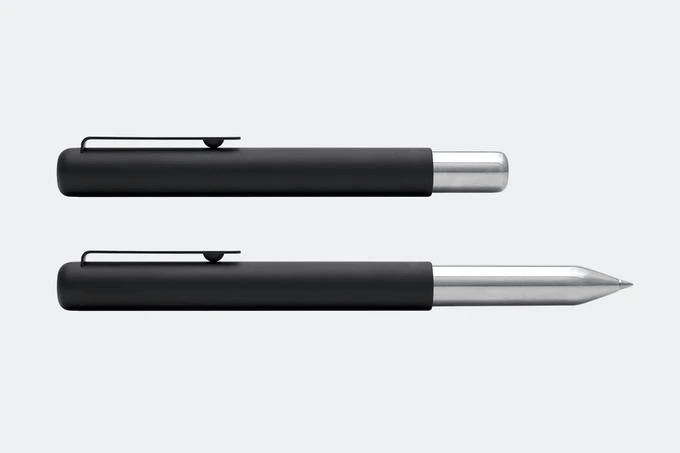
Mark Two, the latest project from Studio Neat that raised over $150K
Their campaign pages are always thoughtfully crafted and meticulously executed. Their videos are canonical versions of the Kickstarter product launch video trope. Their pages are well structured and easy to skim, with an understated design and beautiful product shots, and the copy is concise and easy to understand.
Building an email list is even more critical at this scale – the bigger your Kickstarter goal, the more critical your list. It also holds true that the bigger your Kickstarter goal, the bigger your list needs to be at launch. Remember that list quality is equally essential as list size. Your list’s value is not based on how many subscribers you have but on how many of those subscribers are interested and engaged.
Community outreach work at this scale is the same as for Kickstarter projects at a moderate scale.
Online advertising is essential for most campaigns in this cohort and a must for those at the top end of this range. Long gone are the days when social media algorithms made it easy for campaigns to go viral. Ads can be a powerful way to build your email list before your campaign launches. Done right, it can also help you fine-tune your message and hone your targeting. If you don’t have a team member with solid skills in this realm, then hire an agency or consultant.
The awareness that press coverage can generate and the social proof it can add to your project page make it worth the investment for creators in this range, especially those at the top end. If you don’t have someone on your team with substantial bandwidth to devote to this endeavor, consider working with an agency or consultant to help with media and influencer outreach. Whether you decide to work with someone, or go it alone, start this work 8 to 10 weeks before launch.
The IRL Glasses team did an outstanding job securing press coverage and leveraging it to provide social proof on their project page. Their product was designed in response to the proliferation of screens in social spaces. To generate coverage, they tapped into salient conversations and social concerns about technology’s infringement on all aspects of our lives.
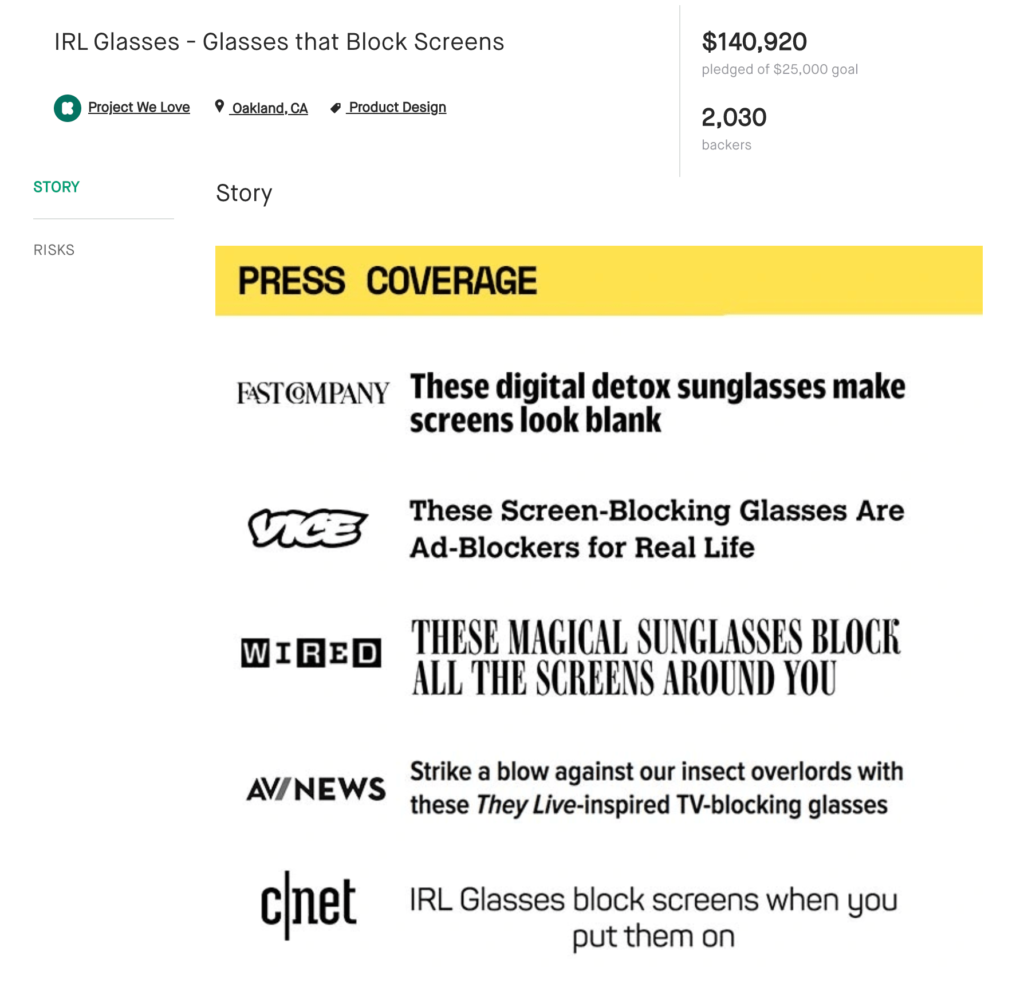
IRL Glasses, glasses that block screens
Ivan Cash, the maker of IRL Glasses, wrote this piece about influencing culture with a creative idea. It focuses more broadly on creative projects than product launches but offers a fascinating deep dive into his approach to sharing ideas with the world.
Aggressive Kickstarter goal: raising over $250K
The ideal size for your core team is four or more people. You’ll also need to work with agencies or consultants with crowdfunding experience and expertise.
To strike it big, you’ll need to enlist support from a reliable team of experts. Experienced marketers, copywriters, and art directors should create your project page. Make sure to bring to bear crowdfunding-specific expertise when developing your creative assets and managing your online advertising efforts and media outreach efforts.
Your campaign page needs to be flawless. Only keep this work in-house if you have team members with strong marketing, copywriting, and art direction skills. Your video and images need high production value, so you’ll need to invest in a professional video and photoshoot.
Biolite is a standard-bearer when it comes to developing impeccable campaigns. They’ve launched four products on Kickstarter, all have raised over $500K. Their most recent project, the Biolite Headlamp, showcases the production quality creators with aggressive goals should aim for.
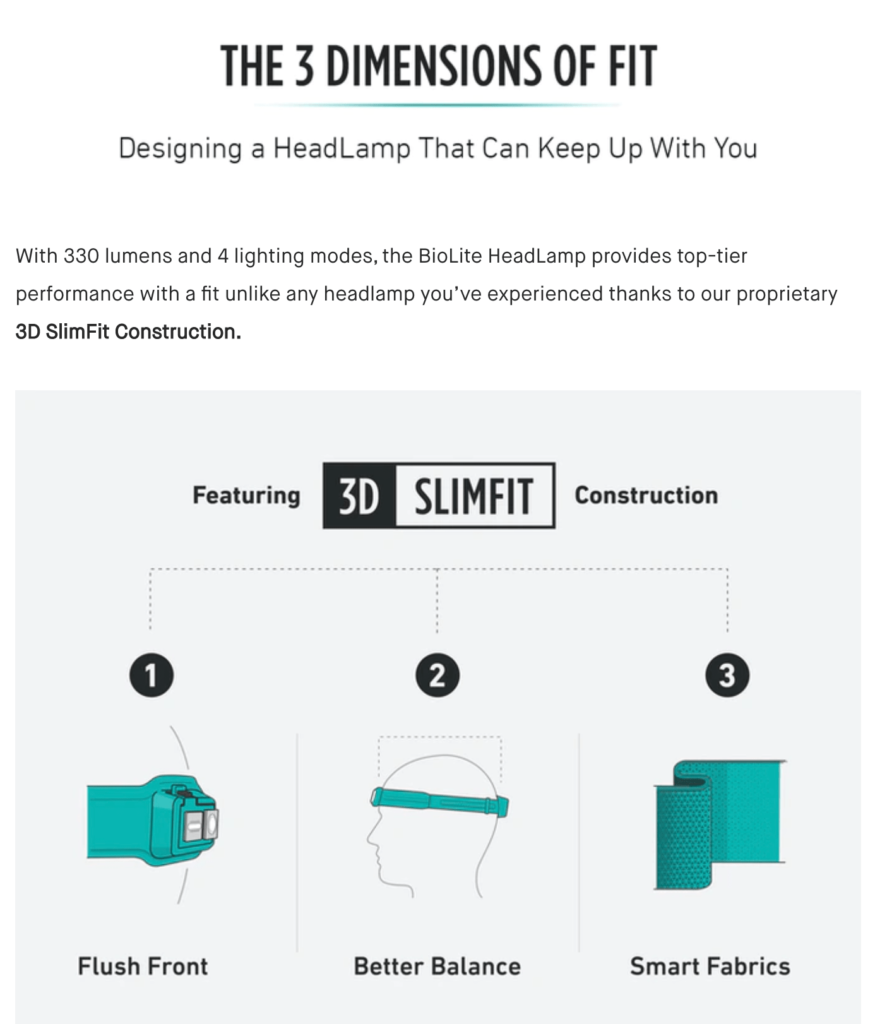
Biolite Headlight, graphic showcasing why their headlight fits better
Their video features a compelling narrative brought to life through beautiful shots of the product in action, elegant graphics that highlight product features, and behind-the-scenes footage of their team and prototypes. High-impact graphics, perfectly brand-aligned, bring the project page to life, and give it a structure that is easy to read and skim.
Community engagement is the not-so-secret sauce behind some of the most successful creators on Kickstarter. Companies like Peak Design and Snapmaker have built a committed fanbase by engaging with their communities during product development, and then delivering memorable experiences, high-quality products, and excellent customer support.
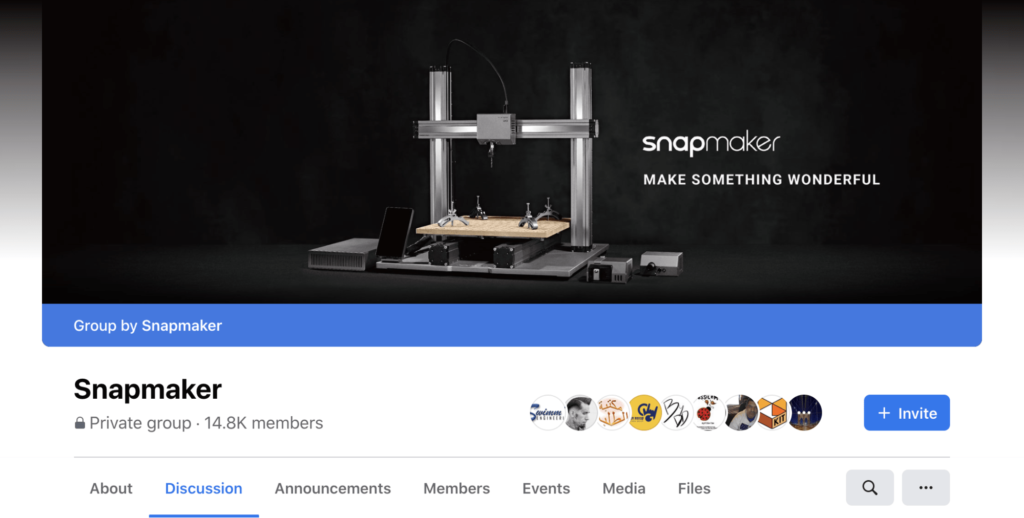
Snapmaker’s Facebook user group community
The work to manage your backer community grows in proportion to its scale. For projects at this scale, this can become a team member’s full-time job. This role can naturally evolve into a customer support function. Helpdesk tools, like helpscout and zendesk, can make it easier to manage backer conversations, identify common questions, and flag recurring issues.
Online advertising and marketing are essential for striking it big. It’s best to engage with a service that has experience in the crowdfunding space. You’ll get access to custom technologies they’ve built, as well as a team that has deep domain-specific expertise.
Agencies in the crowdfunding space come in two flavors. Commissions agencies, like BackerKit Marketing, are compensated by taking a percentage of the pledges that are attributable to their efforts. Consulting agencies, like Nuuk, are compensated by a project fee based on a scope of work. On both, media expenditures are out of pocket costs that are not included in agency fees.
Adrian Solgaard, the founder of Solgaard, has raised millions of dollars across six product launches on Kickstarter. He advises creators to be ready to adapt their online advertising strategy and be willing to switch agency partners if they do not see results. Agencies have strengths in different product categories, and their areas of strength are continually shifting.
For media outreach, it can also be worth employing an expert with crowdfunding experience. There are unique challenges to promoting a product many months before it is ready to ship. Most notably, publications have become cautious about covering crowdfunded product launches in response to backlash to favorable coverage of projects that failed to ship.
Build your foundation
Launching a physical product is hard. Crowdfunding makes it easier, but it’s still nowhere near simple. Building a reliable team is a foundational step in this journey.
At Launch Studio, we are developing content, courses, and tools to help designers, founders, artists, and engineers harness the power of crowdfunding to launch new products. We recently launched the Kickstarter Masterclass, a step-by-step course on how to launch products successfully on Kickstarter. It brings together guidance on planning, developing, running campaigns, powerful tools for applying the strategies and tactics that are covered, and a supportive community of people working on launching products.
